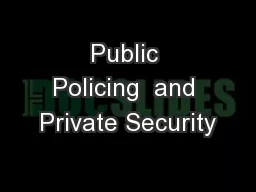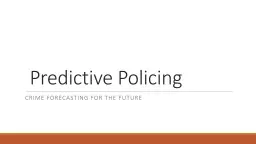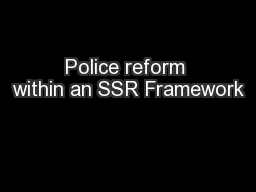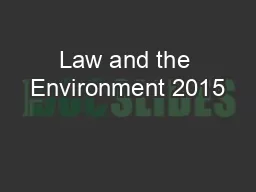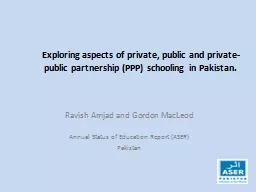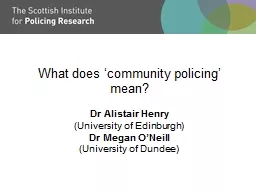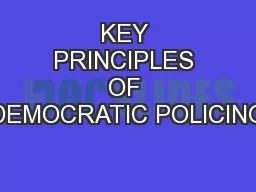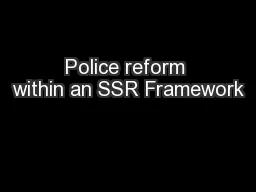PPT-Public Policing and Private Security
Author : celsa-spraggs | Published Date : 2018-03-09
Chapter 5 Law Enforcement T oday After September 11 2001 state and local agencies shifted resources to terrorism prevention Intelligence gathering became important
Presentation Embed Code
Download Presentation
Download Presentation The PPT/PDF document "Public Policing and Private Security" is the property of its rightful owner. Permission is granted to download and print the materials on this website for personal, non-commercial use only, and to display it on your personal computer provided you do not modify the materials and that you retain all copyright notices contained in the materials. By downloading content from our website, you accept the terms of this agreement.
Public Policing and Private Security: Transcript
Download Rules Of Document
"Public Policing and Private Security"The content belongs to its owner. You may download and print it for personal use, without modification, and keep all copyright notices. By downloading, you agree to these terms.
Related Documents

